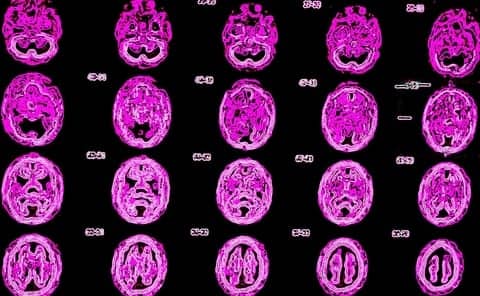Science seems to have found a way to objectively measure the presence and intensity level of pain. Investigators at Massachusetts General Hospital (MGH) have uncovered evidence that points to rising levels of pain-associated proteins in the brain that are linked to areas of the organ that transmit pain signals.
Marco Loggia, PhD, Martinos Center for Biomedical Imaging, is lead author of the study. He states in a media release from MGH that, “Finding increased levels of the translocator protein in regions like the thalamus – the brain’s sensory gateway for pain and other stimuli – is important, since we know that this protein is highly expressed in microglia and astrocytes, the immune cells of the central nervous system, when they are activated in response to some pathologic event.”
Loggia adds that by demonstrating glial activation among pain patients, the study also suggests those cells as a potential therapeutic target. He notes that the consistency of glial activation among chronic pain patients positions the results of the study as a vital beginning in developing biomarkers for pain conditions.
The media release from MGH indicates that this study, which began with 44 subjects, was the first to document glial activation in human brains among test subjects affected by chronic pain.
To gather the data for this investigation brain imaging studies reportedly were conducted with one of the Martinos Center’s integrated PET/MR scanners using a new radiopharmaceutical that binds to the translocator protein. Loggia and his team report that they found levels of the protein in the thalamus and other brain regions were significantly higher among patients than in controls.
The PET signal increases were so significant, according to Loggia, that it was possible to spot which were the patients and which were the controls only by looking at the individual images prior to detailed statistical analysis of the data.
[Source: Massachusetts General Hospital]
—Frank Long, editorial director, Rehab Management





